We drove down to the nearest IKEA store in Vantaa to see the cabinet I mentioned in a recent post. It's probably not a co-incidence that the founder of IKEA, Ingvar Kamprad, was from the region of Småland in Sweden. That region is heavily forested. Most of it is not the best agricultural land. The whole interior of the southern part of Sweden to the south of Stockholm is heavily forested and very unlike the kind of vast open fields and grazing land like Denmark or the southwestern coastal provinces that Sweden conquered from Denmark in the Second Northern War and that were incorporated into the kingdom of Sweden in 1658. Småland has a large number of small family farms. As you might already guess, the traditional mentality of the people has informed the extreme pragmatism and relentless cost cutting that make up what IKEA is all about. The cabinet we will probably buy was robust but modular and not very expensive. I think IKEA pioneered the flat pack in 1943 when the company was founded. Since then, it has grown quite a bit. Ingvar Kamprad was worth $78 billion when he passed away a couple of years ago. If you want to see what Småland looks like, check out @dandesign86's posts. He lives in the southern part of that region.
When we were driving back home on the motorway, I suggested that we take a detour along the eastern shore of Lake Tuusulanjärvi. Many prominent artists of the national romantic era lived there in the early 20th century. We stopped by at the home museum of Pekka Halonen, a painter of that era.
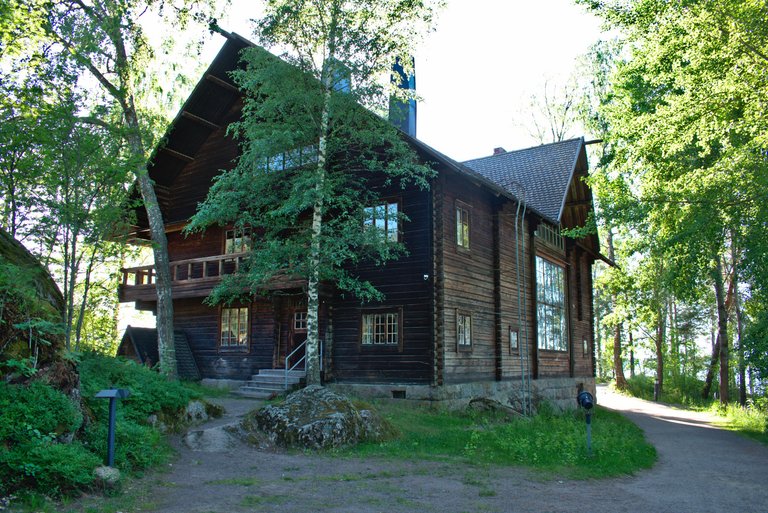
This is Pekka Halonen's home. It's a museum but it was closed at the time.
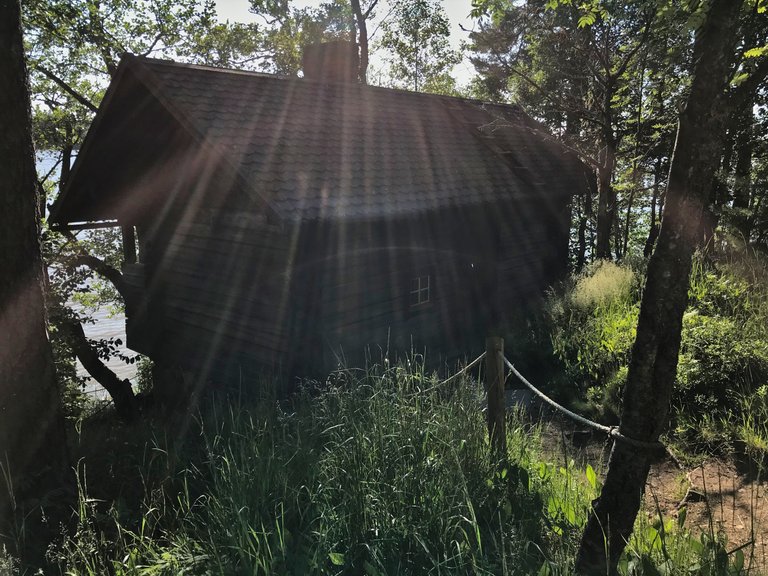
This is the sauna.
The museum cafeteria where you buy the tickets.
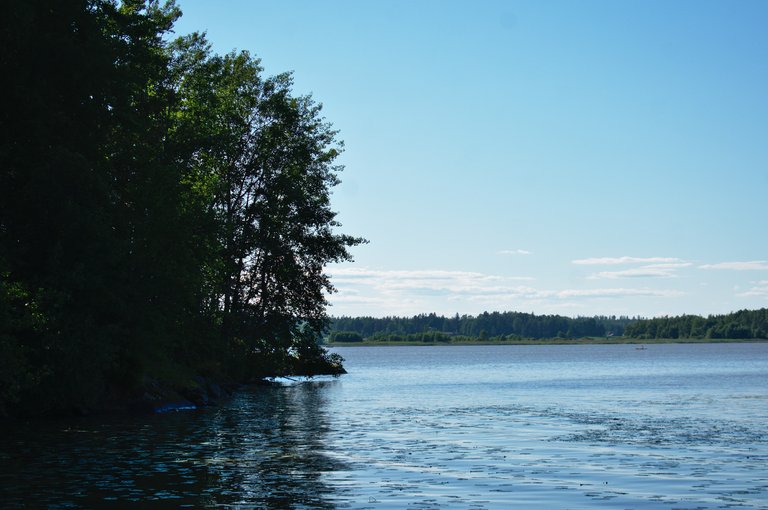
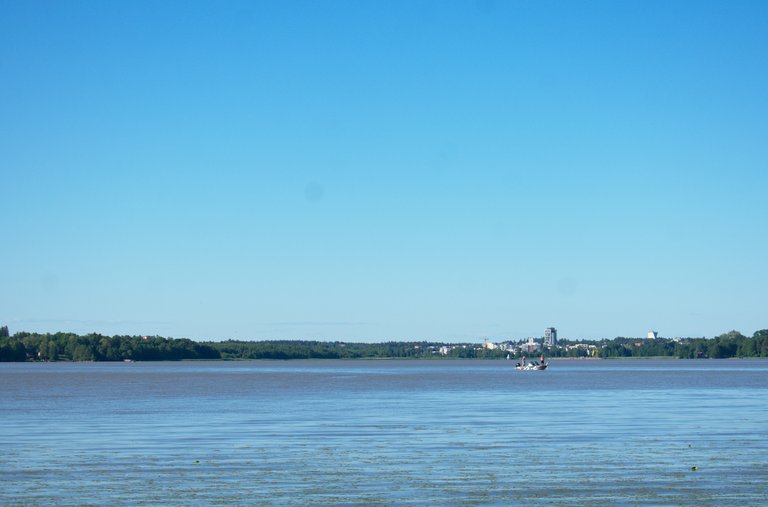
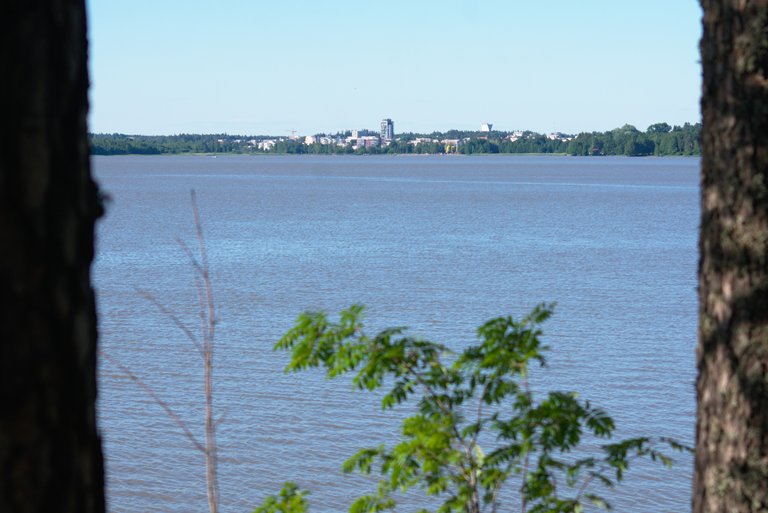
This is Lake Tuusulanjärvi. The town in the north end of the lake is Järvenpää. The name means literally lake's end.
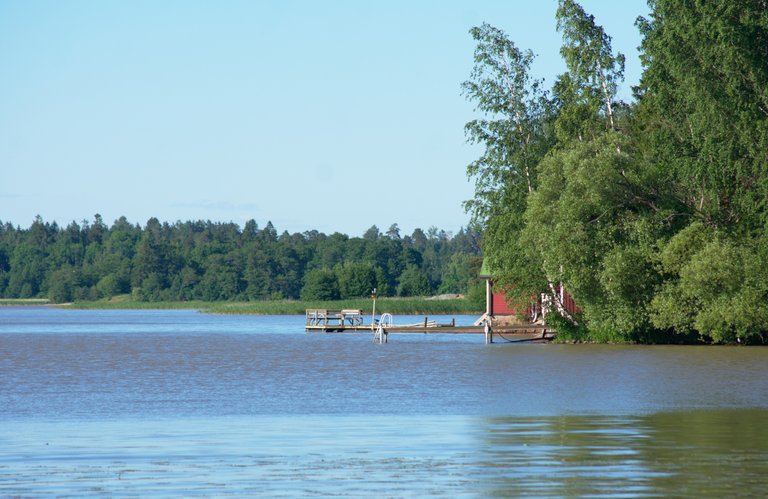
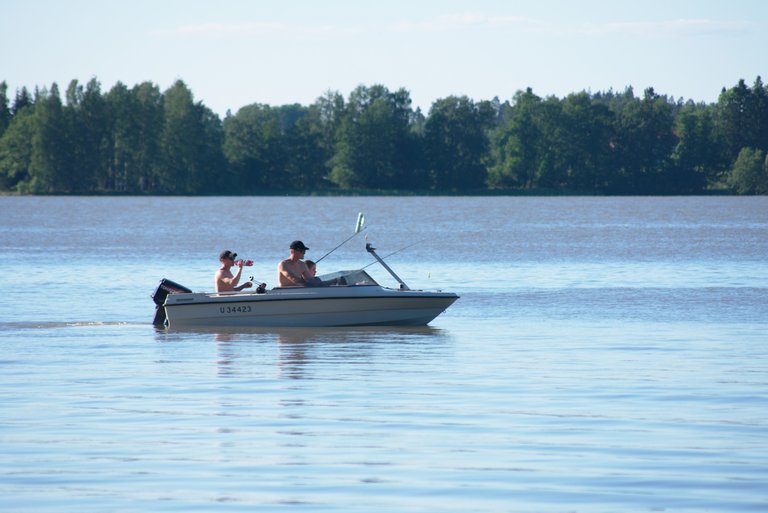
The next three were shot towards the south. The lake gets narrower in the south. It's about 10 km long.
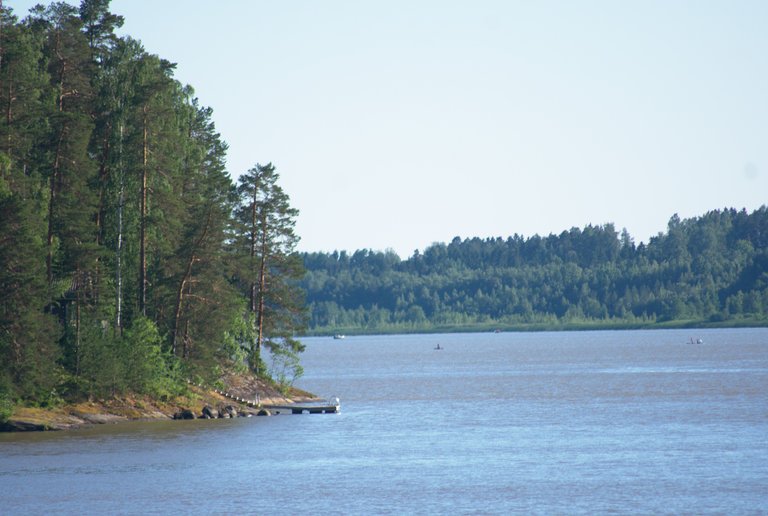
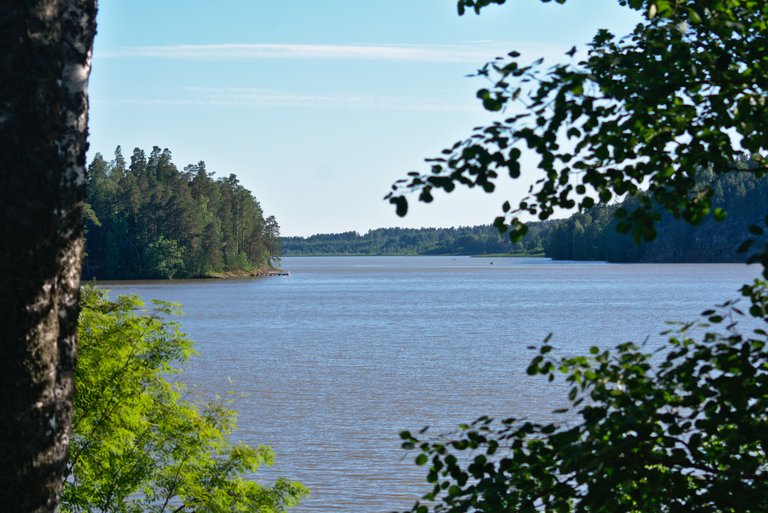
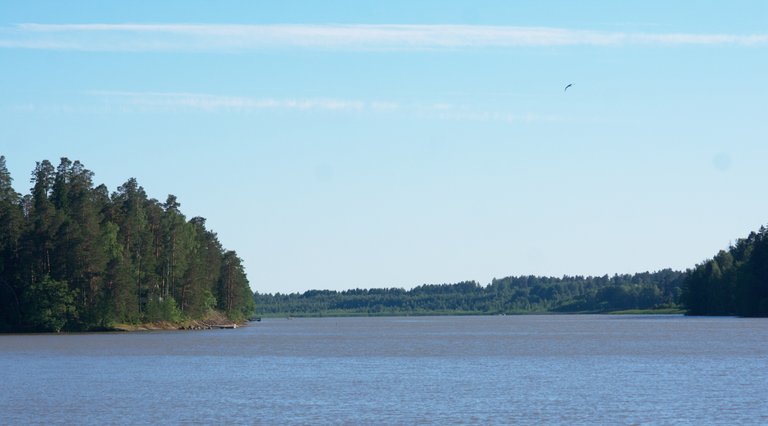
Below is some info about the museum and the area:
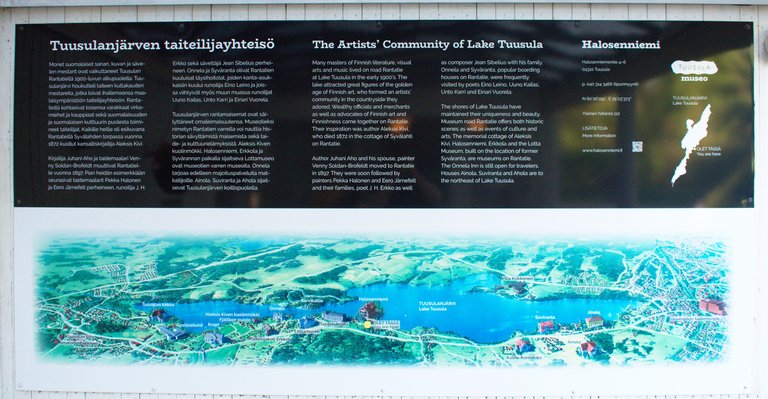
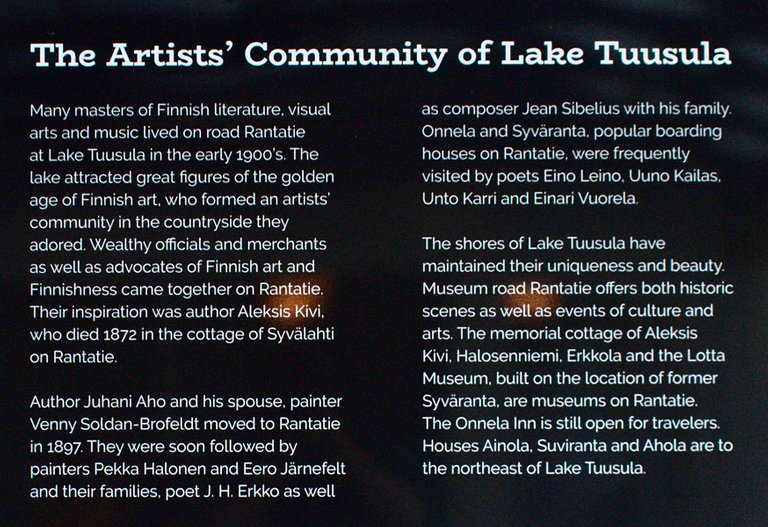
On the way home. Notice how the northbound lanes are almost empty but the southbound ones have lots of traffic. Lot's of people are returning home from spending the long Midsummer weekend in the countryside. This is national road 4, one of six connecting Helsinki Metropolital Area to other regions. The traffic had slowed down to what looked like 30-40 km/h a short distance to the north of here.
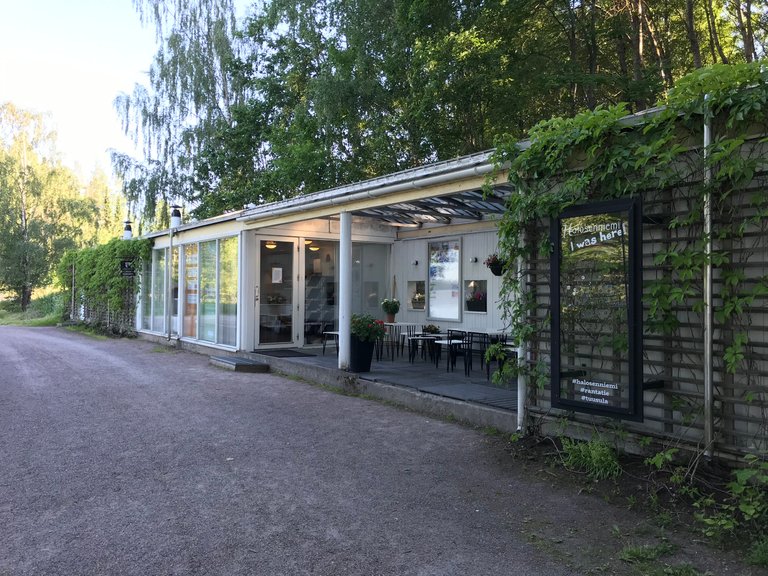
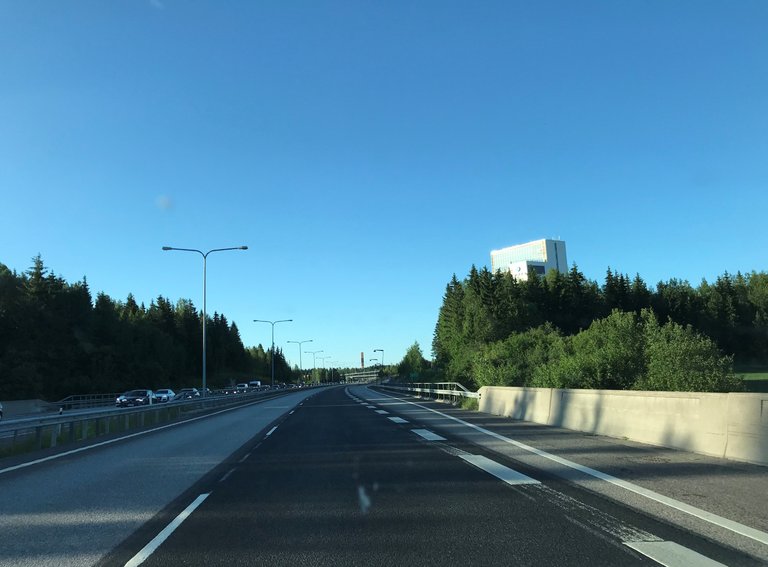
Interesting house design, what year was it built?
1902 . Not only was the design interesting but it smelled strongly of old railway sleepers, too. It appeared the builders used tar to keep the logs from rotting.
It looks like it is built from sleepers.
Indeed it does. That's a terrible idea, by the way. Very unhealthy. Wooden sleepers, utility poles and the like contain creosote for anti-rotting purposes and that stuff is carcinogenic. Definitely not to present code. :)
Yep, we had some old sleepers in an old garden bed that were breaking down heavily and my mother would warn us not to get splinters.
Is it just a normal or tourist lake or some fishing activities can be done?
What do you mean by normal or tourist lake? Yes, people fish in it.
ok, i mean some are just for tourists, some are natural lake which might not necessarily have the tourist side.
There are no such lakes in this country. Anyone can go and swim in any lake they want. This is a sparsely populated country that has over 100,000 lakes of various size. We have what is called everyman's right which includes the right to hike, pick berries or mushrooms etc. in privately owned lands excluding the immediate vicinity of yards of private residences.
https://www.visitfinland.com/article/everymans-rights/
Thanks for this detailed explanation about your country. Its great.